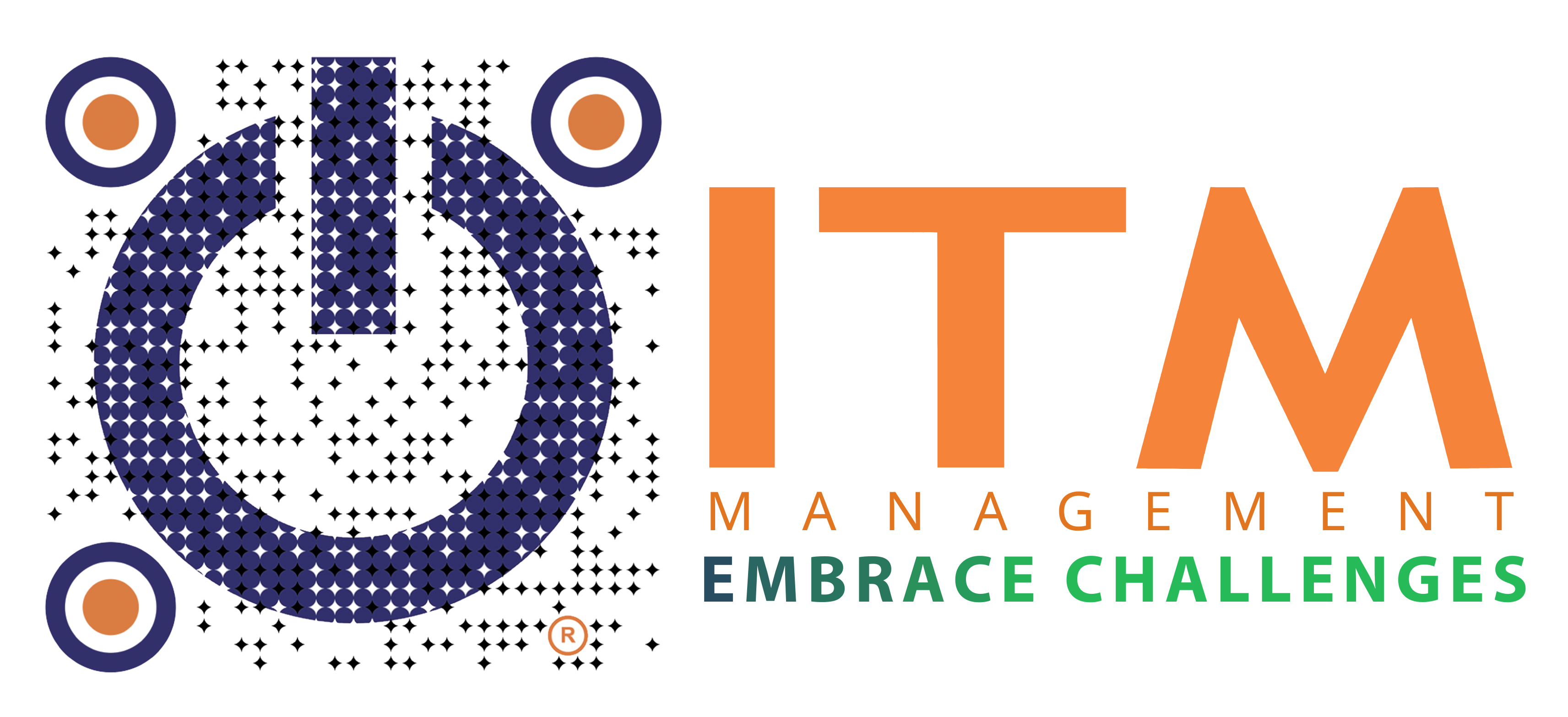The most advanced firewalls and encryption can be bypassed in seconds not because the technology is weak, but because human psychology is exploitable.
Modern cyber attacks increasingly rely on manipulating trust, urgency, curiosity, and fear to achieve their goals. These are not merely technical breaches of systems but carefully designed psychological strategies aimed at the human element. Attackers study behavior as much as they study code, making people the most targeted entry point in cybersecurity.
This article explores the inner world of cyber attackers their motivations, mindsets, tactics, and behavioral patterns and examines how psychological insight can be turned into practical defense strategies. By understanding the attacker’s perspective, organizations can build stronger, more resilient systems that address both technological and human vulnerabilities.
The Mindset of Cyber Attackers
Cyber attackers often display high intelligence, advanced technical skills, and remarkable patience. A defining feature is psychological detachment – a mental barrier that allows them to harm others without guilt, treating victims as data points rather than people. This detachment is reinforced by the anonymity of cyberspace, which reduces fear of punishment and encourages risky behavior.
Social and environmental factors, such as economic pressures or fascination with technology, can also push curiosity into criminal intent. In the 2025 credit center breach, attackers exploited this detachment to steal vast datasets, enabling manipulative scams. Recognizing these traits helps organizations anticipate and counter threats more effectively.
Key Motivations Behind Cyber Attacks
To combat cybercrime, it is essential to understand what drives attackers. Their motivations reveal why they target systems and people.
Money remains the dominant driver of cybercrime. Analysts note that ransomware alone is expected to cause more than $57 billion in damages annually by 2025, while phishing schemes leveraging fraudulent messages to exploit urgency and trust continue to generate massive losses through fraud and identity theft.
For some attackers, the motivation is psychological rather than financial. Outsmarting security systems and exerting dominance over digital environments provides a sense of control, much like winning a high-stakes game.
Breaches initiated from within, whether through negligence or by disgruntled employees seeking revenge, remain highly damaging. The global average cost of a single data breach reached USD 4.4 million in 2025, reflecting the severe impact when trust is compromised from the inside.
State-sponsored groups increasingly exploit cyberspace to gain political, economic, or military advantage. Cyber espionage and disruptive operations targeting critical infrastructure have become pressing concerns for leaders worldwide.
Money remains the dominant driver of cybercrime. Analysts note that ransomware alone is expected to cause more than $57 billion in damages annually by 2025, while phishing schemes leveraging fraudulent messages to exploit urgency and trust continue to generate massive losses through fraud and identity theft.
The 2025 credit breach highlights financial motives most clearly, with stolen data fueling scams designed to exploit victims’ financial vulnerabilities.
Categories of Cyber Criminals and Their Behavioral Traits
Cyber criminals can be grouped into distinct categories based on their motivations and techniques:
Typically young and lacking deep technical expertise, these individuals use pre-made tools or scripts created by others to launch attacks. Their actions are often driven by curiosity, boredom, or a desire to gain recognition among peers.
These are highly skilled attackers operating within structured networks, similar to traditional criminal organizations. Their primary goal is financial profit, and they often conduct large-scale, coordinated attacks targeting businesses, financial institutions, or individuals.
Backed by government entities, these hackers focus on espionage, data theft, or disrupting critical infrastructure in rival nations. Their operations are highly secretive, strategic, and often span long periods, targeting specific systems or sectors.
Psychological Tactics in Cyber Attacks
Cyber attacks frequently rely on psychological manipulation to exploit human emotions, bypassing even strong technical defenses.
-
- Social Engineering and Phishing – The most common tactics involve deceiving people into revealing sensitive information or clicking malicious links. Attackers impersonate trusted entities banks, colleagues, or authorities and use language designed to provoke fear, urgency, or misplaced trust. Every day, billions of phishing emails circulate worldwide, and more than half of organizations report being targeted at least weekly.
- Exploiting Emotional Triggers – Beyond individual scams, attackers deliberately use psychological pressure to override normal caution. A fabricated message claiming that a bank account is frozen, for example, can drive victims to act impulsively, bypassing security protocols. This manipulation of fear and urgency effectively turns human error into a point of entry.
In the major credit data breach of that year, stolen records were weaponized for targeted phishing campaigns, with attackers posing as banks to exploit victims’ trust and immediate concern for their finances.
Behavioral Patterns in Cyber Attacks
Cyber attackers often take advantage of human emotions and behavior to break into systems. Instead of attacking the technology directly, they trick people into making mistakes.
Before launching an attack, hackers often spend months on quietly collecting information, mapping networks, and identifying weak points. This extended preparation allows them to plan their moves carefully and increase the likelihood of success.
-
- Fear: Hackers send fake messages saying your bank account is locked or your data is at risk.
- Urgency: They pressure you to act quickly, like clicking a link or giving personal info, without thinking.
- False Trust: They pretend to be someone you know or a trusted company to gain your confidence.
Sudden strikes, such as distributed denial-of-service (DDoS) attacks, overwhelm systems with massive volumes of traffic until they become unavailable. By exploiting unpatched software or outdated infrastructure, attackers maximize both disruption and confusion.
When people feel stressed or rushed, they’re more likely to make mistakes. Hackers use this moment to get into systems even if the system itself is secure.
Attackers also exploit human factors directly, focusing on groups such as students or the elderly, who often lack cybersecurity awareness. By tailoring scams to these audiences, they increase the likelihood of success. The major credit breach of that year illustrated this vividly: attackers combined careful planning with manipulation of outdated systems to extract vast datasets undetected.
The Impact of Cyber Attacks
Cyber attacks leave scars that extend far beyond immediate financial loss.
-
- Psychological Consequences for Victims – Individuals often face eroded trust, feelings of vulnerability, and stress caused by privacy violations. These experiences can evolve into long-term anxiety or hesitation to use online services, disrupting daily life.
- Organizational Damage – For businesses, the consequences are equally severe. Beyond direct costs, attacks damage reputation, drive customers away, and impose sustained economic burdens.
- Building Resilience – Awareness and preparedness are key to reducing long-term harm. Regular training, strong backup strategies, and public education campaigns all help raise vigilance, enabling faster recovery and rebuilding of trust.
Applying Psychological Insights to Cybersecurity
Understanding attacker psychology allows organizations to build proactive defenses that address human vulnerabilities. Effective strategies include:
-
- User Education – Training reduces human error, the most common entry point for attacks. Awareness programs teach staff to spot suspicious emails, verify sender identities, and avoid impulsive clicks. Public campaigns further encourage vulnerable groups to double-check communications through official channels.
- Creating Redundancies – Multiple layers of defense prevent single points of failure. Offline backups, multi-factor authentication, and network segmentation ensure that even if one barrier falls, others remain in place to limit damage.
- Leveraging Threat Intelligence – Monitoring emerging tactics enables earlier detection and faster responses. Security Information and Event Management (SIEM) systems highlight anomalies, such as unauthorized logins, while intelligence sharing helps organizations anticipate new scams.
- Behavioral Interventions – Preventing insider threats requires addressing human factors like dissatisfaction or disengagement. Employee feedback channels, behavioral analytics, and clear reporting policies all reduce the risk of misuse or data exfiltration.
Stay Ahead of Cyber Threats – Choose ITM as Your Shield
Hackers move fast. They strike in silence.
They don’t knock – they break in.
Without protection, every second puts your business at risk. With ITM, you don’t just react – you predict, prevent, and progress.
-
- AI-driven defenses that learn and adapt with every threat
- Lightning-fast response to minimize downtime
- Scalable frameworks built for your growth
Your data. Your customers. Your future. Protected.
Talk to ITM today for a free risk assessment and strategy session.
Think ahead. Act faster. Stay unbreakable.








